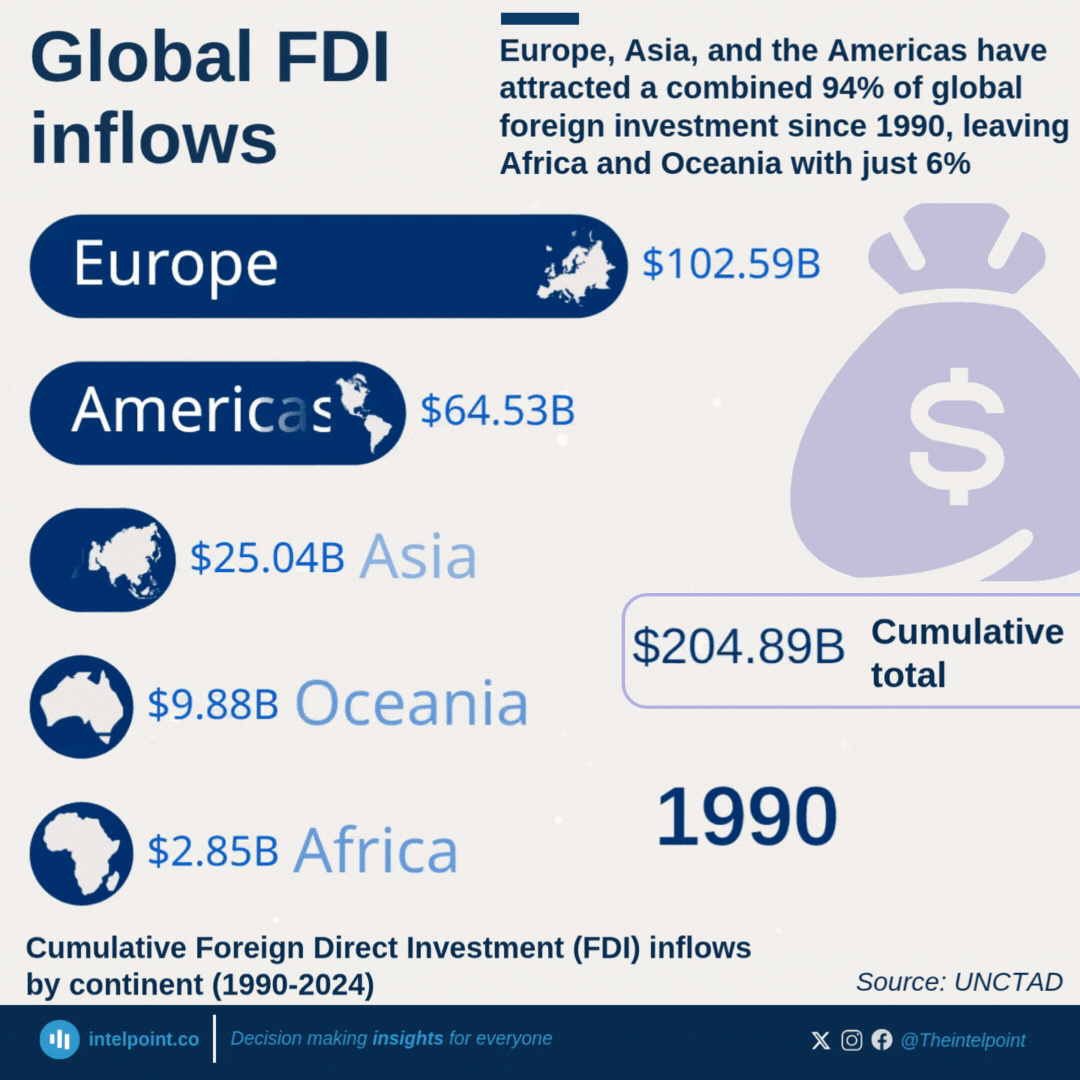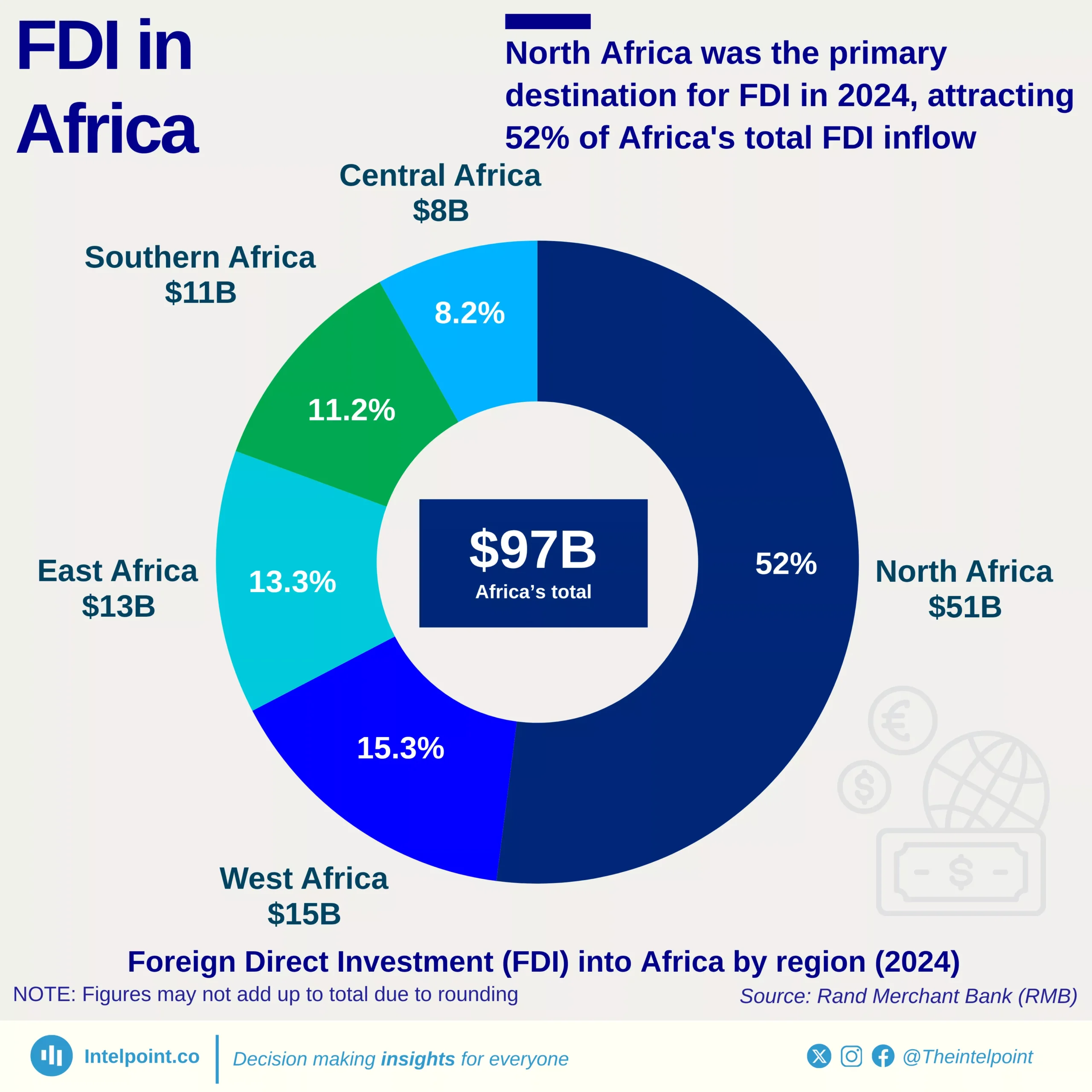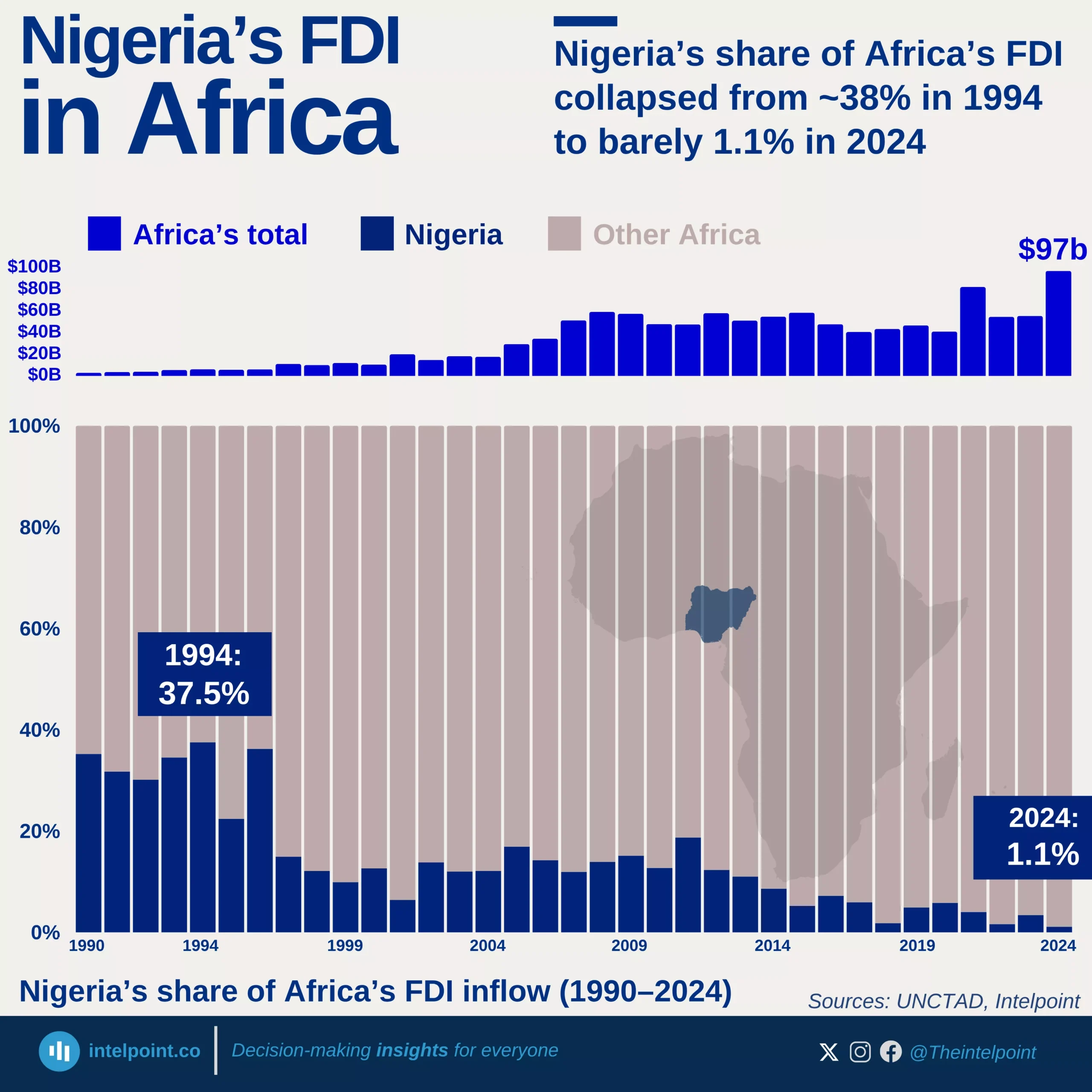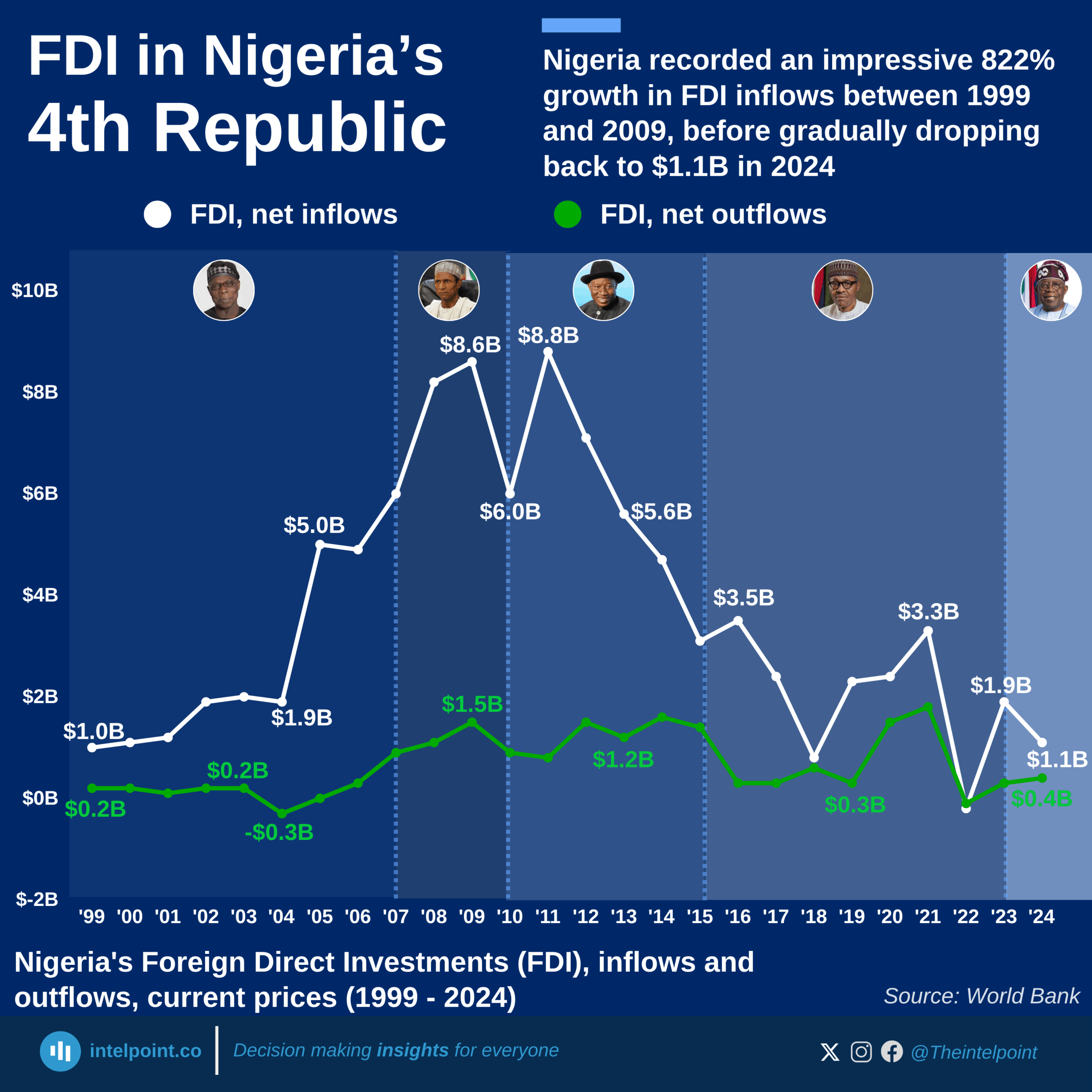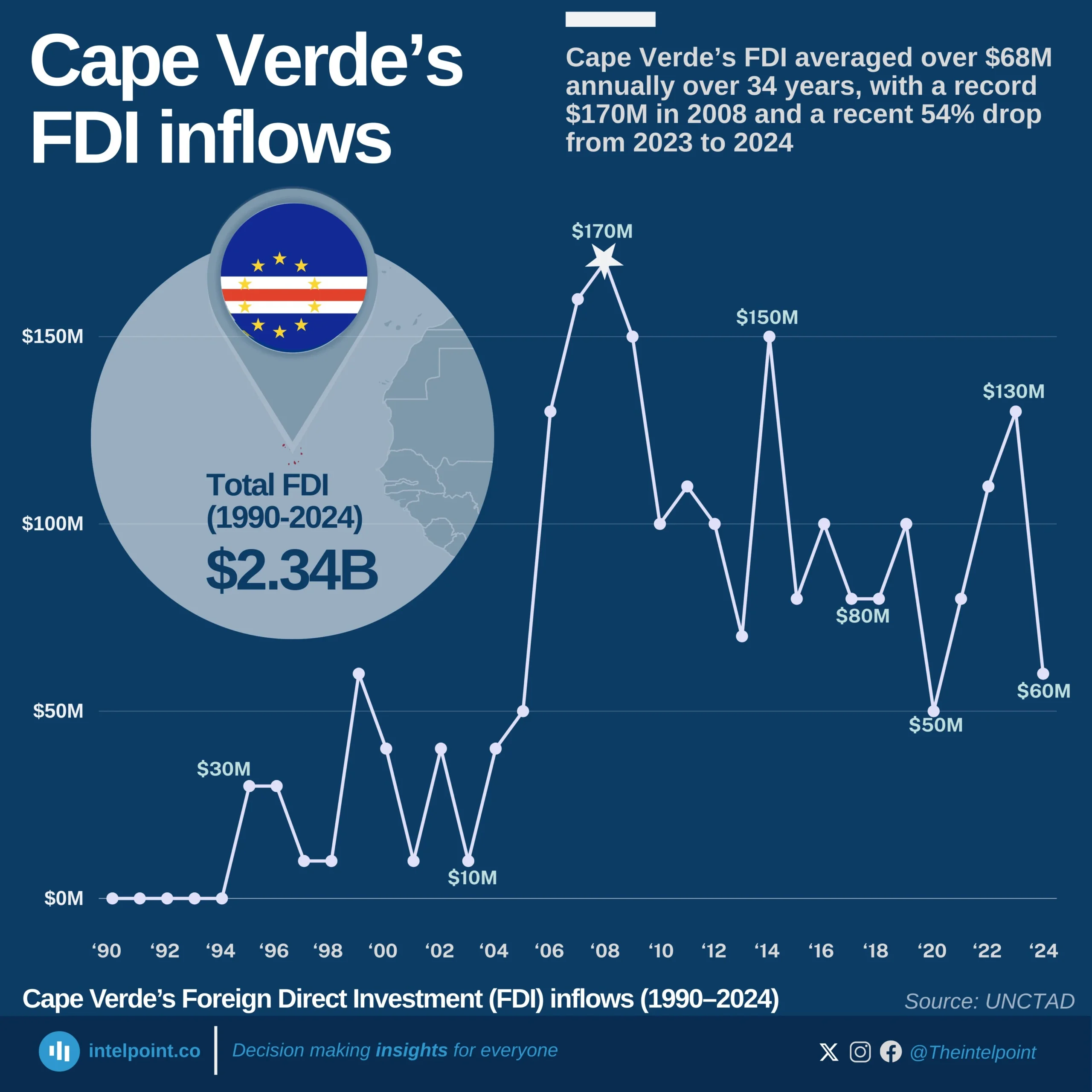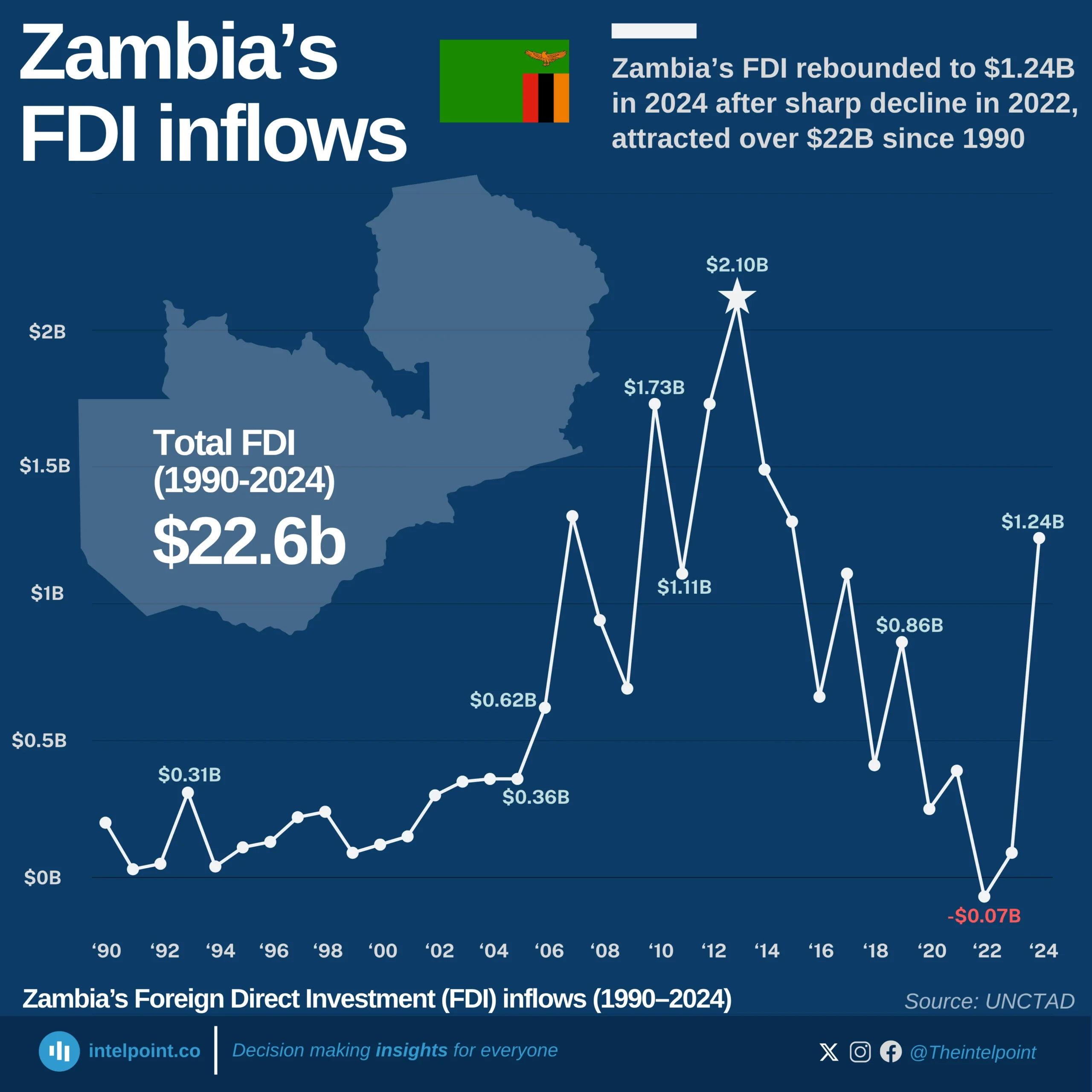Chinese Foreign Direct Investment (FDI) in Africa is heavily concentrated in construction and mining, which together received $23.34 billion in 2022. This represents nearly 60% of the total Chinese FDI in the region. Other sectors, including manufacturing and financial intermediation, also attract investment, but in smaller amounts. The least-funded sector, leasing and commercial services, received just $2.16 billion.
